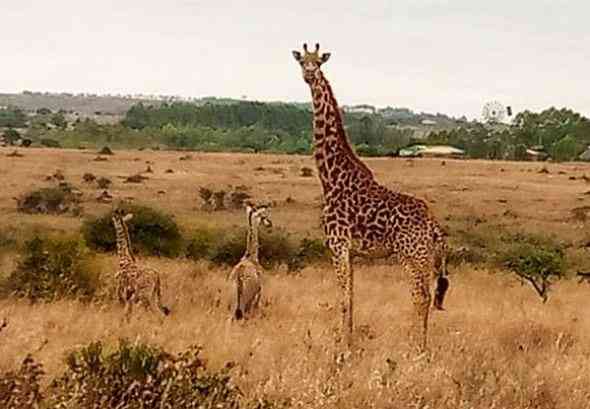×
The Standard e-Paper
Home To Bold Columnists

Tourism and Wildlife cabinet secretary Najib Balala has instructed Kenya Wildlife Service authorities to track and ensure the safety of giraffe twins that were born in Nairobi National Park recently.
In an interview with The Standard on Tuesday, Balala said said the birth of the twins will further uplift the profile of the park as a unique wildlife conservation area within the city.